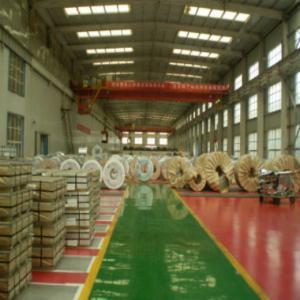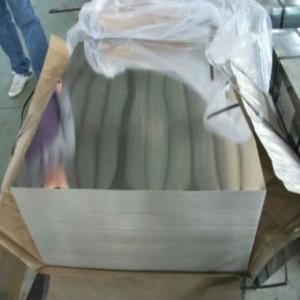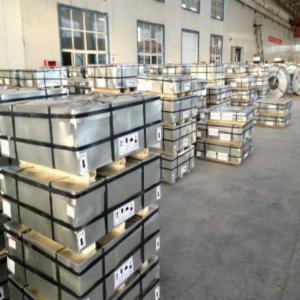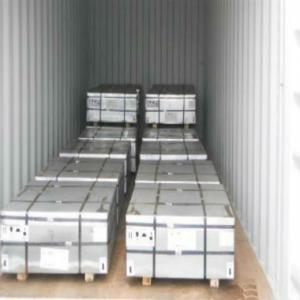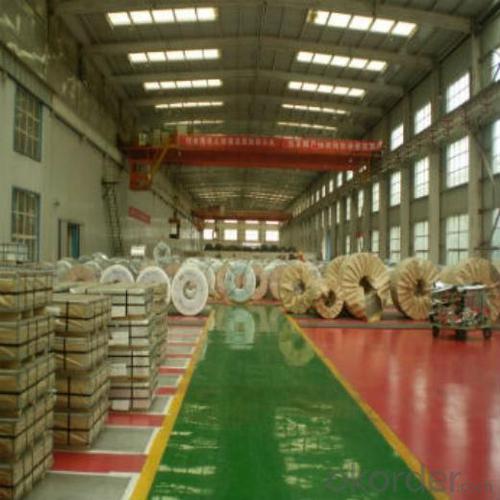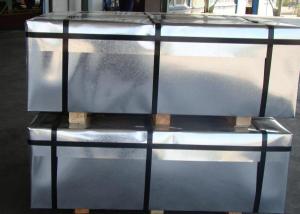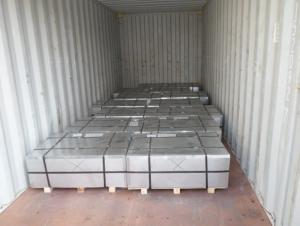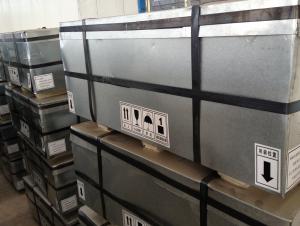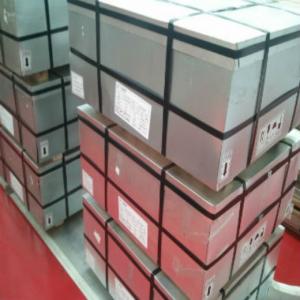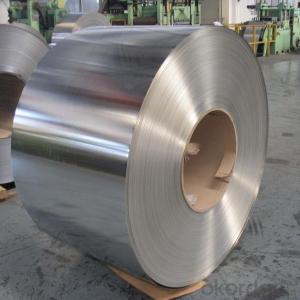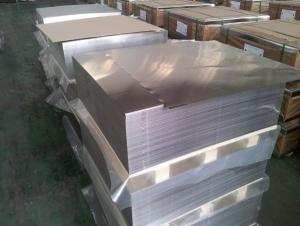Tinplate For Seafood Can-CHBA
- Loading Port:
- China Main Port
- Payment Terms:
- TT or L/C
- Min Order Qty:
- 20 Tons~ 25 Tons m.t.
- Supply Capability:
- 40000 MT Per Month m.t./month
OKorder Service Pledge
OKorder Financial Service
You Might Also Like
General information of Tinplate For Seafood Can
Steel Type | MR |
Temper (BA&CA) | T1~T5, DR8 |
Coating | 2.8~8.4g/m2 |
Thickness & Tolerance | 0.15~0.5mm (Tolerance:±0.01mm) |
Width & Tolerance | 600~1000 mm(Tolerance: +2/-0mm) |
I.D | 508 MM |
Coil Weight | 3~10 MT |
Passivation | 311 |
Oiling | DOS |
Surface Finish | Bright ,Stone ,Silver ,Matte |
Min Order | 25 Tons for 1 20 feet FCL |
Package | Seaworthy Export Standard Wooden Pallet |
Standard Available | GB/T2520-2000, JIS G3303, ASTM A623, BS EN10202 |
Technical data of Tinplate For Seafood Can
Chemical Composition(%) | Mechanical Property |
C:0.02~0.05 | Yield Strength: (Mpa):280~320 |
Si:0.01~0.03 | TensileStrength: (Mpa):340~390 |
Mn:0.18~0.22 | Elongation:20%~30% |
P:0.014~0.016 | ------------- |
S:0.006~0.009 |
Application of Tinplate For Seafood Can
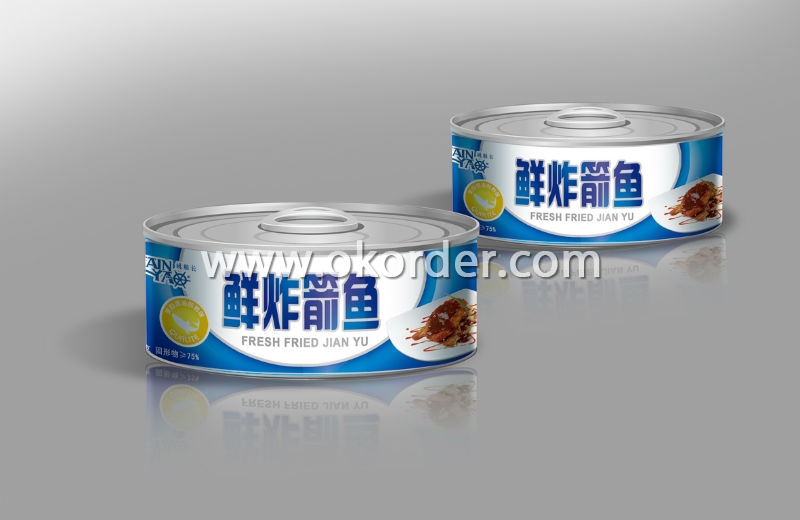
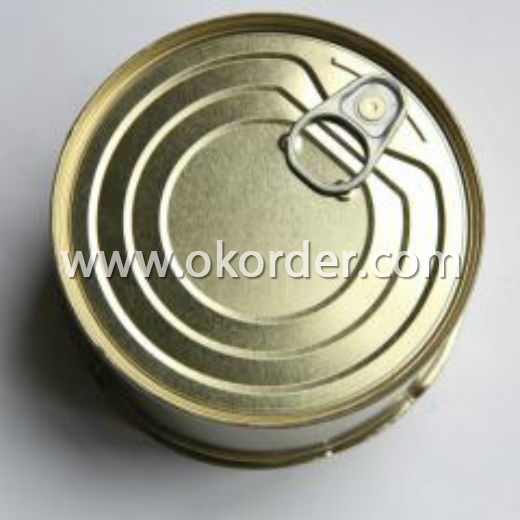
Tinplate is widely used for making all types of containers such as artistic cans, tea cans, painting cans,
chemical package cans and metal printing etc. Its applications are not limited to containers; recently,
tinplate has also been used for making electrical machinery parts and many other products.
Equipment and Facility of Tinplate
Tin Coating Line of Tinplate
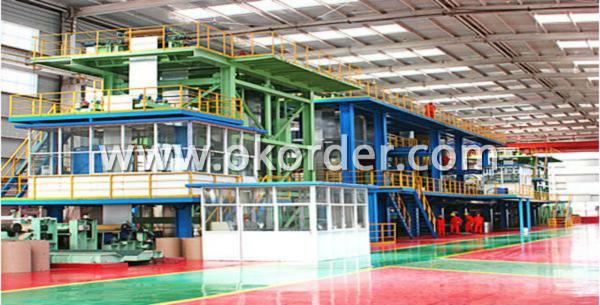
Cold Rolling Mill Batch Annealing Furnaces
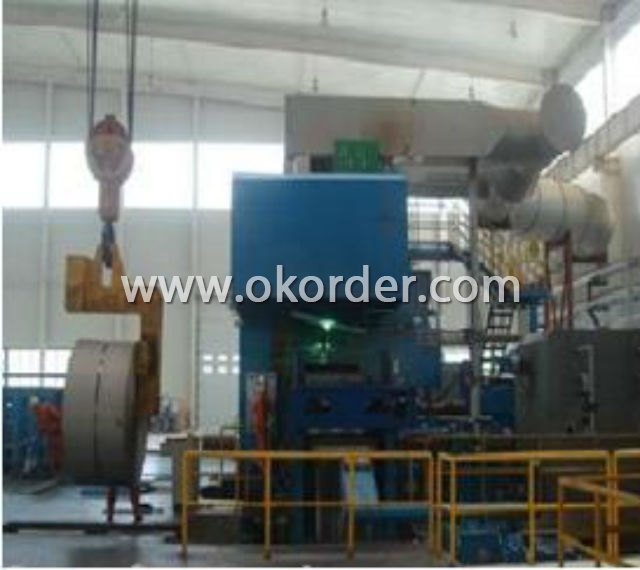
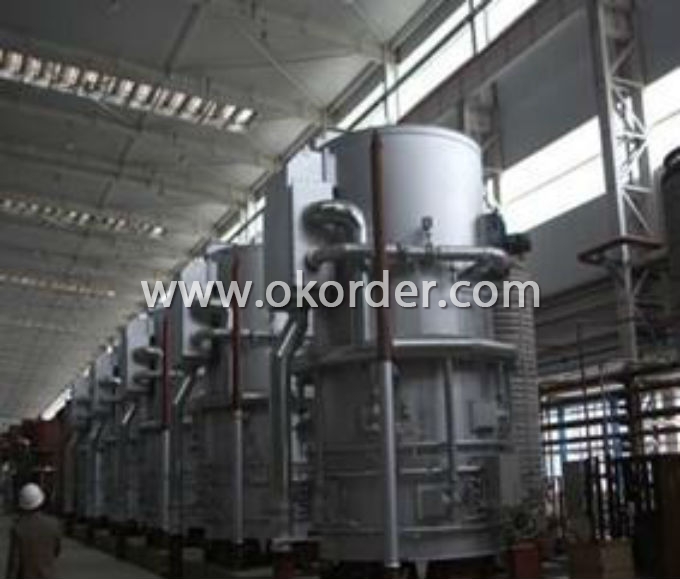
Cutting Line Stock Area
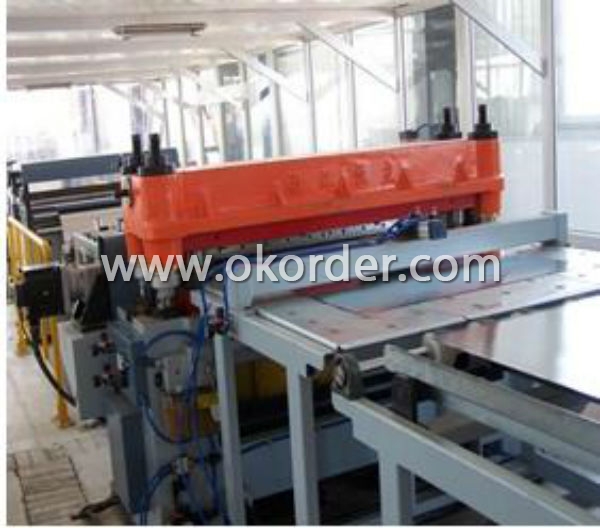
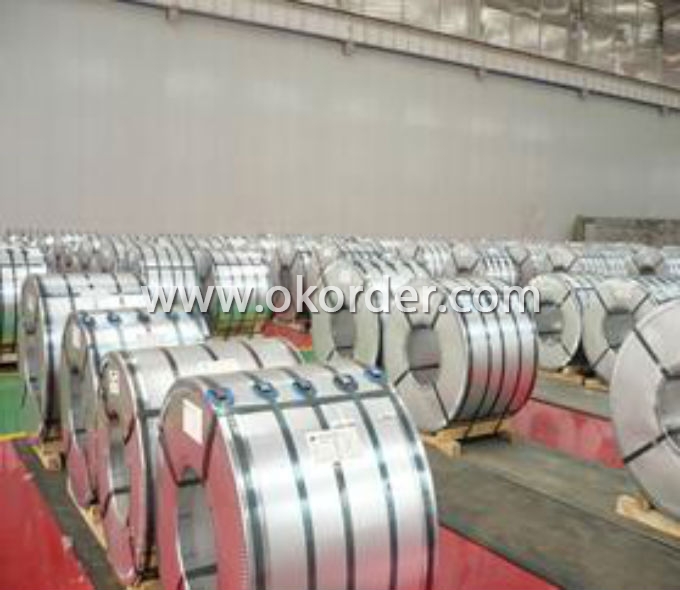
Quantity Control System of Tinplate

- Q: How is tinplate coated with organic coatings?
- Tinplate is coated with organic coatings through a process known as coil coating. In this process, the tinplate is cleaned and pre-treated to ensure proper adhesion of the organic coating. The organic coating, usually a resin-based material, is then applied to the tinplate in a continuous and uniform manner. The coated tinplate is then cured, either through heat or UV radiation, to ensure the coating adheres firmly to the surface. This coating provides protection against corrosion and enhances the appearance of the tinplate.
- Q: What are the different types of tinplate containers available?
- There are several different types of tinplate containers available, including cans, tins, boxes, and drums. These containers can vary in size, shape, and functionality, and are commonly used for packaging food, beverages, chemicals, and other products.
- Q: Can tinplate be used for storage containers?
- Yes, tinplate can be used for storage containers. It is a common material choice due to its durability, corrosion resistance, and ability to keep food and other items protected. Tinplate containers are commonly used for packaging and storing various products, including food, beverages, chemicals, and more.
- Q: What are the common decorative options for tinplate packaging?
- Common decorative options for tinplate packaging include printing, embossing, debossing, hot stamping, and lithography. These techniques can be used to create intricate designs, patterns, logos, and text on the surface of the tinplate packaging, making it visually appealing and attractive to consumers.
- Q: What is the global demand for tinplate?
- The global demand for tinplate is significant and continuously growing. Tinplate is widely used in various industries such as packaging, electronics, automotive, and construction. Its corrosion resistance, durability, and versatility make it a preferred choice for packaging materials, especially in the food and beverage sector. With the increasing population and urbanization, the demand for tinplate is expected to further rise in the coming years, driven by factors like increasing consumer goods consumption and technological advancements.
- Q: What are the main uses of tinplate?
- The main uses of tinplate include packaging food and beverages, manufacturing cans for aerosol products, creating decorative tin containers, and producing electrical equipment enclosures.
- Q: How does tinplate contribute to the overall durability of packaging?
- Tinplate contributes to the overall durability of packaging through its inherent strength, corrosion resistance, and ability to withstand extreme temperatures. It provides a protective barrier against moisture, oxygen, and light, which helps to preserve the quality and freshness of packaged goods. Additionally, tinplate's resistance to impact and puncture ensures that the packaging remains intact during handling, transportation, and storage, thereby extending the lifespan of the product.
- Q: Can tinplate packaging be used for stationery products?
- Yes, tinplate packaging can be used for stationery products. Tinplate packaging is durable, lightweight, and offers protection against moisture, making it an ideal choice for storing and packaging various stationery items such as pens, pencils, erasers, and other small office supplies. Additionally, tinplate packaging can be customized with attractive designs and branding, making it visually appealing for consumers.
- Q: Can tinplate be used for shipping containers?
- Yes, tinplate can be used for shipping containers. Tinplate is a durable material that provides excellent protection against corrosion, making it suitable for shipping containers that need to withstand harsh environmental conditions during transportation.
- Q: What are the environmental impacts of using tinplate?
- The environmental impacts of using tinplate include deforestation due to the extraction of tin ore, air and water pollution from mining and smelting processes, and the release of greenhouse gases during production. Additionally, the disposal of tinplate products can contribute to landfill waste.
1. Manufacturer Overview
| Location | Hebei,China |
| Year Established | 2009 |
| Annual Output Value | Above US$100 Million |
| Main Markets | North America;South America; Eastern Europe Southeast Asia; Africa; Mid East Eastern Asia; Western Europe; Central America Northern Europe; Southern Europe; Domestic Market |
| Company Certifications | HACCP;ISO 9001:2008;ISO 14001:2004 |
2. Manufacturer Certificates
| a) Certification Name | |
| Range | |
| Reference | |
| Validity Period |
3. Manufacturer Capability
| a) Trade Capacity | |
| Nearest Port | Tianjin |
| Export Percentage | 11% - 20% |
| No.of Employees in Trade Department | 6-10 People |
| Language Spoken: | English;Chinese |
| b) Factory Information | |
| Factory Size: | Above 270,000 square meters |
| No. of Production Lines | Above 12 |
| Contract Manufacturing | OEM Service Offered |
| Product Price Range | High;Average |
Send your message to us
Tinplate For Seafood Can-CHBA
- Loading Port:
- China Main Port
- Payment Terms:
- TT or L/C
- Min Order Qty:
- 20 Tons~ 25 Tons m.t.
- Supply Capability:
- 40000 MT Per Month m.t./month
OKorder Service Pledge
OKorder Financial Service
Similar products
Hot products
Hot Searches
Related keywords
